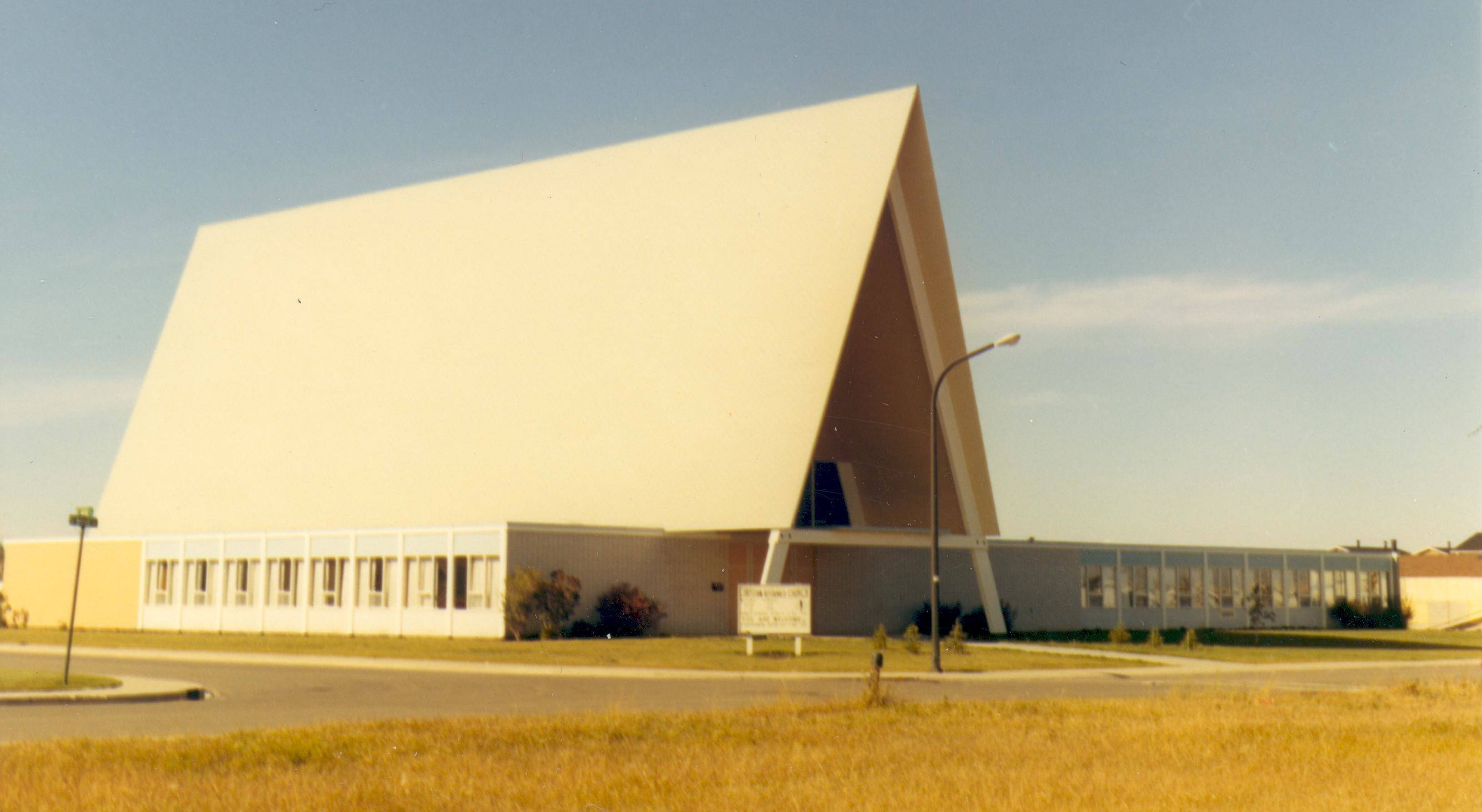This past Monday, Dec. 5, was an important annual event for the Dutch Canadian community.
It is Sinterklaas-avond – Saint Nicolas Eve – a traditional time for family gatherings, good cheer and gift giving. This is also the tradition that was the basis for much of the North American concepts of Santa Claus.
This month also marks a special celebration for an important part of the Red Deer community.
It was on Dec. 21, 1951, sixty years ago, that the congregation of the Red Deer First Christian Reformed Church was formally organized.
Immigrants from the Netherlands were always highly thought of.
They have a reputation of being exceptionally hard working and family-orientated people. They often are highly skilled in agriculture and the trades.
However, for many years, the population in Red Deer was very small. In the 1930s, there were only 22 people of Dutch descent in a community of nearly 3,000.
There was, however, a rural Dutch Canadian settlement west of Lacombe at Woody Nook. That community had been able to organize a Christian Reformed congregation in 1935.
The situation changed dramatically after the end of the Second World War. Large numbers of immigrants began to arrive in Canada from the Netherlands. They were prompted by the new opportunities in Canada, after the devastating war years. Moreover, Canada held a special attraction for the Dutch, as it had been the Canadians who had liberated their homeland.
By the late 1940s and early 1950s, there were enough families in Red Deer to start holding services in people’s homes.
These first services were held in the home of Mrs. Pearl Hansum in Michener Hill. Home Missions then sent out Rev. Gerald VanLaar to serve as a pastor. Services were held in Rev. VanLaar’s basement.
The group continued to grow quickly. The second floor of the Orange Hall, west of Central School, was rented for services.
In March 1952, a decision was made to build a church in the Michener Hill district. Three lots were purchased on 50A St. from the City for $300 each.
Work began on the building on Victoria Day, 1952, with largely volunteer labour. There was a major glitch as it took several hours to get the cement truck to the top of Michener Hill.
Undaunted, the volunteers pressed forward with the construction.
Raising sufficient funds was a challenge. However, the congregation had a strong Young People’s Group. The Y.P.G. members agreed to donate one day’s wages per month to the building project. Others continued to donate generously. Soon the building was completed.
The congregation continued to thrive and grow. In 1954, work began on a parsonage, three blocks west of the Church.
The Christian Reformed Church has always been strongly family-orientated, with many youth and community activities. By the early 1960s, it was obvious that the little Michener Hill church was no longer adequate the numbers turning out for church services, let alone all the other activities connected with the Church.
Hence, in 1964, a new two-acre site was purchased in the new Morrisroe subdivision. The new building project was a very ambitious one. It involved not only the construction of a much larger church, but also an auditorium and educational wing. Plans were also made to construct a Christian school on the site.
Work progressed steadily, again with a large component of volunteer labour. On May 13, 1966, the new Church was officially dedicated. In 1968, the Red Deer Christian School opened on the west side of the building.
The First Christian Reformed Church has continued to flourish over the succeeding years. The Red Deer Christian School has also continued to grow, often attracting families not connected to the C.R.C. but impressed by the strong Christian values of the school.
In 1999, the Red Deer Christian School negotiated an agreement with the Red Deer Public School District and now operates as Gateway Christian School in the old Central Elementary building on 48 Ave.
There have been a great many changes for the First Christian Reformed Church over the years. While the Dutch Canadian roots remain strong, the current congregation has a wide diversity of cultural backgrounds.
What has never wavered over the decades is the bedrock Christian faith of the Church’s members and an enduring commitment to family and community.



